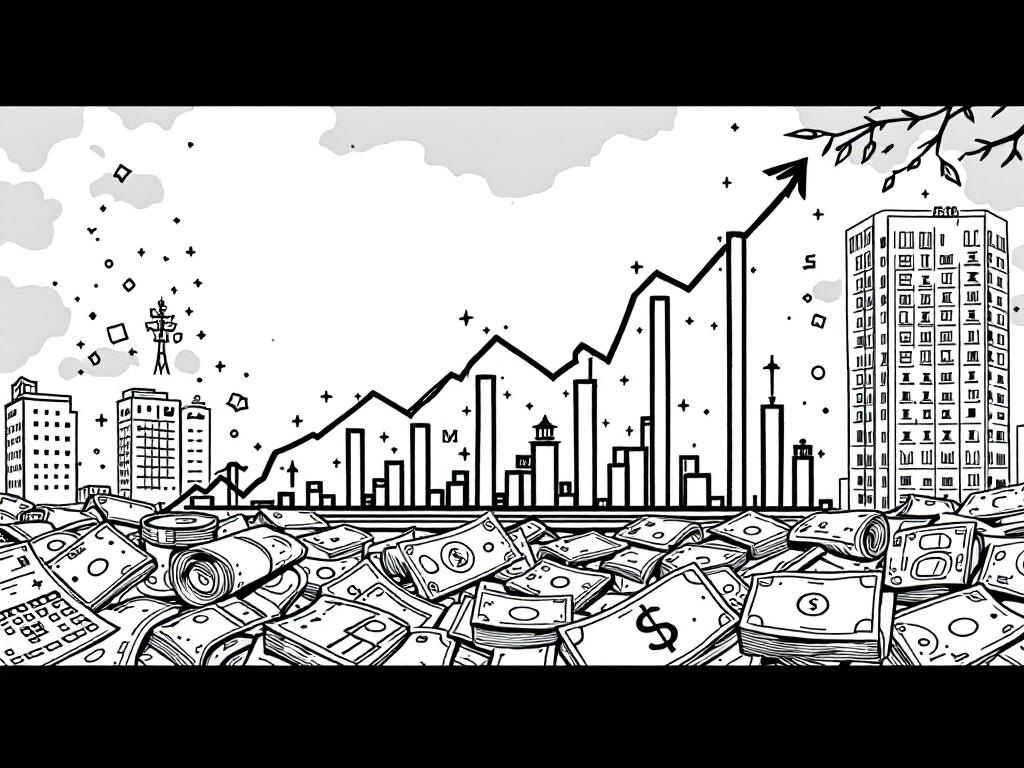China's Surpassing GDP Growth Amid Looming U.S. Tariffs

Beijing, Tuesday, 15 July 2025.
China’s GDP grew 5.2% in Q2 2025, surpassing forecasts amidst impending tariffs by Trump, hinting at significant implications for global markets and U.S.-China trade relationships.
Economic Resilience Amidst Trade Tensions
China’s economy demonstrated unexpected resilience with a 5.2% GDP growth in the second quarter of 2025, exceeding the predicted 5.1% amidst concerns over impending tariffs from the United States [1][3]. This gain, reported just as the tariffs proposed by former U.S. President Donald Trump loom large, reflects Beijing’s efforts in stabilizing economic growth through stimulus measures and a fragile trade truce with Washington established in May 2025 [2][5][8].
Factors Driving Economic Performance
The surprising growth was propelled by strong industrial output, which rose by 6.8%, surpassing expectations [2]. Significant contributions came from sectors such as manufacturing, focusing on high-tech items like 3D printers, electric vehicles, and industrial robots [3][9]. Simultaneously, exports surged as companies raced to ship goods before any additional tariffs took effect, leading to a trade surplus swell in June to $114.8 billion, up from $103.2 billion in May [8].
Challenges in Retail and Real Estate
Despite robust industrial performance, the retail segment showed signs of slowing, with sales growth declining to 4.8% in June from 6.4% in May and catering sales posting the weakest performance since December 2022 [2][5]. Concurrently, the real estate sector, representing a substantial portion of GDP, continued to struggle, with investments decreasing by more than 11% due to prolonged market challenges [5].
Outlook and Strategic Moves
Looking ahead, economists caution that the second half of 2025 might present more significant challenges if tariff threats materialize or trade negotiations falter [2][4]. Notably, both China and the U.S. face an August 12 deadline to secure a long-term trade agreement, with continued uncertainties in global markets [3][8]. Given these dynamics, China’s central bank may need to increase fiscal stimulus, as suggested by experts calling for further policy support to achieve the government’s target of around 5% annual growth [2][4][5].
Sources
- www.bbc.com
- www.cnbc.com
- www.cnn.com
- english.kyodonews.net
- www.upi.com
- www.aljazeera.com
- stats.gd.gov.cn
- www.newsweek.com